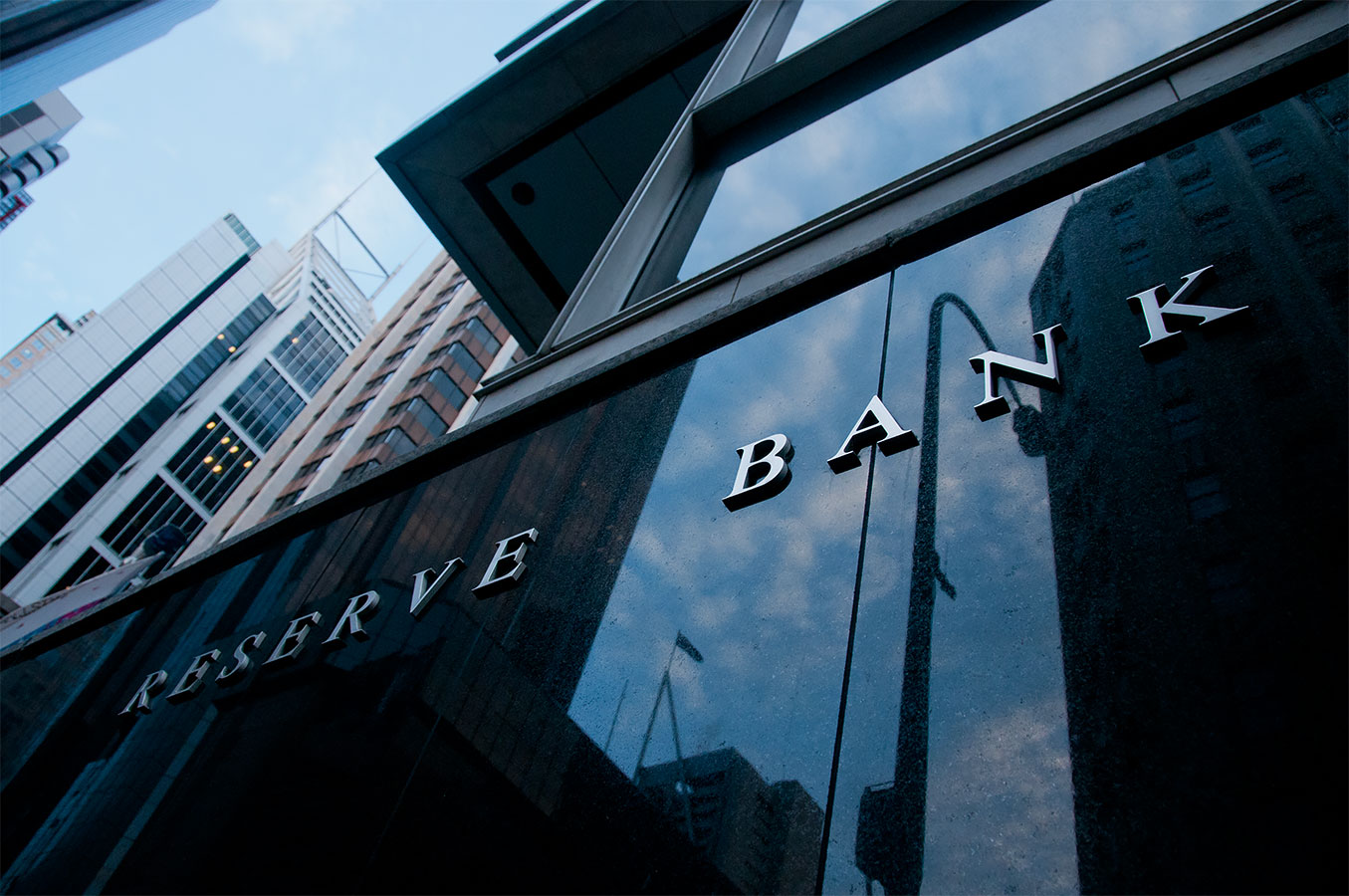
There was an air of inevitability around some of the RBA decisions earlier this year, but two successive months of the board holding at 4.10% makes this one tough to call.
Last month, Dr Lowe and the board held rates steady in order to "assess the impact of the increase in interest rates to date and the economic outlook."
The RBA boss maintained further tightening could be necessary in the coming months to make sure inflation continues to ease, and said the board would be paying close attention to developments in the global economy and trends in household spending, as well as the outlook for inflation and the labour market.
Adding to the uncertainty is the fact this will be Dr Lowe's final move as RBA Governor.
Some observers have speculated he might consider one final hike, taking the inevitable flak so that his successor, current deputy Michele Bullock, can avoid alienating mortgage holders by raising rates in her early decisions.
What do the markets think?
The RBA rate tracker, powered by the ASX, uses market determined prices in the ASX 30 Day Interbank Cash Rate Futures to estimate traders' expectations for the RBA decision.
It's a useful predictor because it's derived from trading activity, so it's based on people who stand to gain or lose money based on the decision.
Since 18 August, according to the rate tracker, markets think the two possibilities for next Tuesday's decision are a third hold in a row, leaving the cash rate target unchanged at 4.10%, or a 25 basis point decrease to 3.85%.
The majority expect a hold, but there has been a gradual uptake in those betting on a cut, which would upend most leading economists' forecasts.
| Trading day | Probability of no change (4.10%) | Probability of a cut (3.85%) |
| August 23rd | 88% | 12% |
| August 24th | 88% | 12% |
| August 25th | 88% | 12% |
| August 28th | 88% | 12% |
| August 29th | 88% | 12% |
| August 30th | 86% | 14% |
| August 31st | 86% | 14% |
What do economists think?
CommBank
Belinda Allen, senior economist at Australia's biggest bank, expects the RBA to once again hold steady at 4.10%.
She believes there is no 'catalyst' to push rates higher at September, with the data coming out in August relatively soft.
"[CommBank] expect the cash rate to be on hold for the remainder of 2023 as prices, wages and activity data indicate no further tightening is required," Ms Allen said.
"We then expect an easing cycle to commence in quarter-one 2024, although the clear risk is a later start date."
NAB
Likewise, NAB economist Taylor Nugent is also calling an unchanged cash rate, but he maintains there continue to be upward risks on inflation.
"We think [August's encouraging CPI inflation data] overstates underlying progress on disinflation," Mr Nugent said.
"Looking at the measure excluding volatile fuel, fruit and vegetable, and travel prices, inflation is running at a much firmer 5.2% in three-month annualised terms."
Mr Nugent believes the 'wait and see' approach the RBA took in August continues to be valid, and that NAB expects at least one further rate hike will be needed at some point before the end of the year.
Westpac
After August's monetary policy decision, Westpac economists declared we have likely reached the peak, and the 4.10% cash rate will remain in place until cuts begin at some stage next year.
Chief Economist Bill Evans said the hurdles for more rate hikes would likely remain high, with the economy starting to operate well below capacity as growth slows.
Westpac has kept this prediction unchanged.
ANZ
Completing a rare display of unanimity across all four of Australia's largest banks, ANZ economists Adam Boyton, Adelaide Timbrell and Madeline Dunk are expecting the cash rate to remain unchanged on Tuesday.
"We see the broad balance of the data flow and events being unlikely to shift the Board from its on-hold stance," the trio said.
However, they expect the monetary policy statement to once again acknowledge the possibility rates may need to be increased once again in the coming months if it looks like inflation may not return to the target range in time.
What does the data say?
Retail trade
There was something of a rebound for retail trade figures in July, driven by a 3.6% monthly increase in department store spending, as well a 1.3% increase in spending at cafes, restaurants, and takeaway food services.
The ABS attributed some of this to both the school holiday period and the women's world cup, with ABS head of retail statistics Ben Dorber pointing out underlying growth was much more subdued due to high inflation and population growth.
"In trend terms, retail turnover was unchanged in July and up only 1.9% compared to July 2022, despite considerable price growth over the year," he said.
Labour Force
The unemployment rate rose 0.2 points to 3.7% in July, above market expectations.
Seek also reported July saw the first month since January where the number of jobs listed rose.
Current RBA models anticipate the unemployment rate to reach 4.5% by December 2024, a prediction supported by these labour force figures.
CPI inflation
Probably the most important consideration for the RBA, CPI inflation dropped to 4.9% in the twelve months to July.
Excluding volatile items like fuel and food, underlying inflation had a more modest drop, from 6.1% in June to 5.8% in July.
Most economists though concluded this relatively soft CPI data basically ruled out an increase to the cash rate in September.
